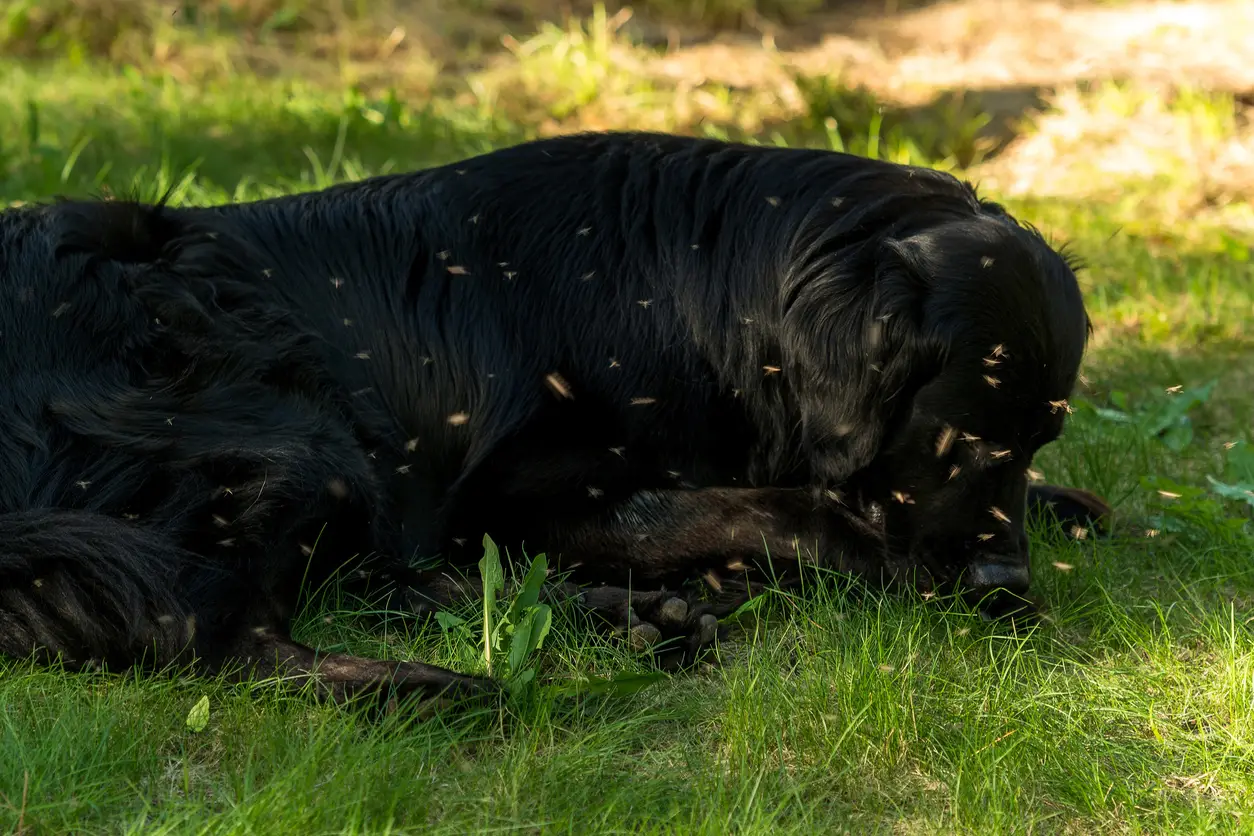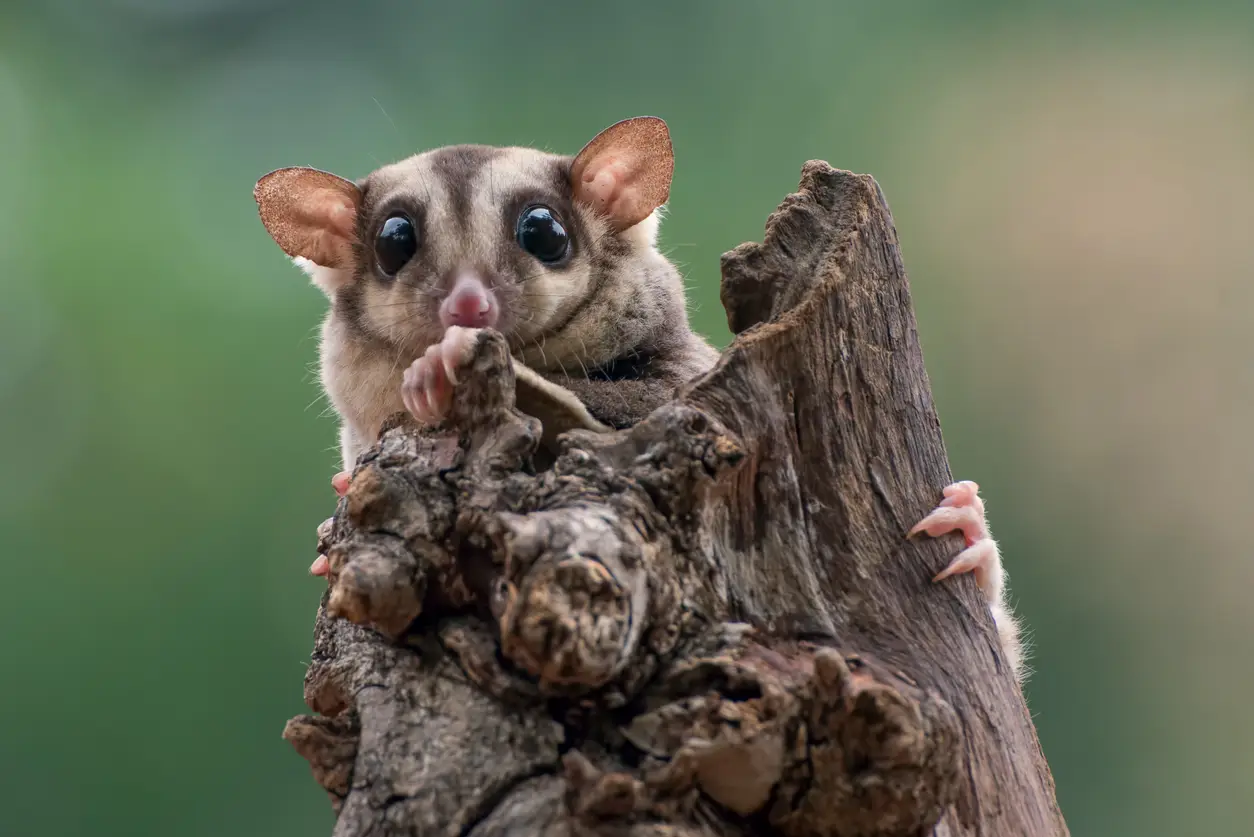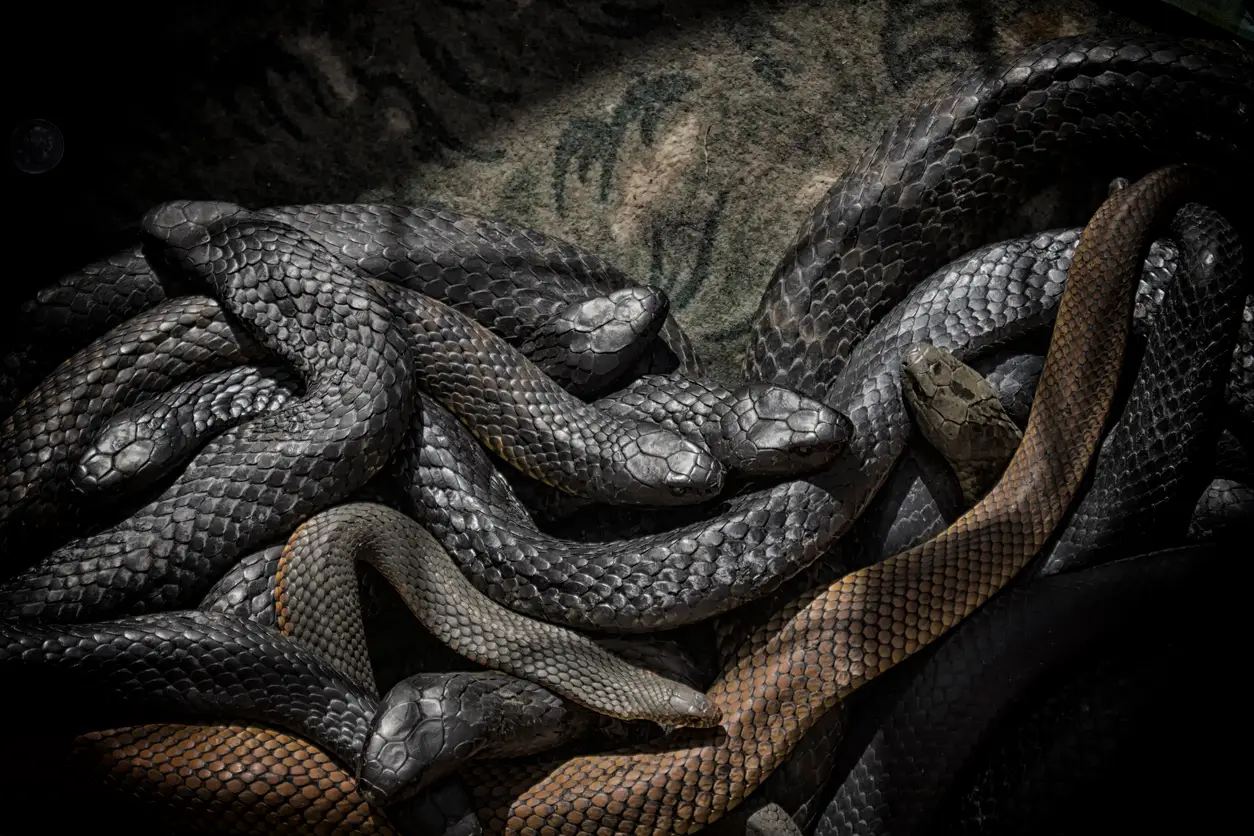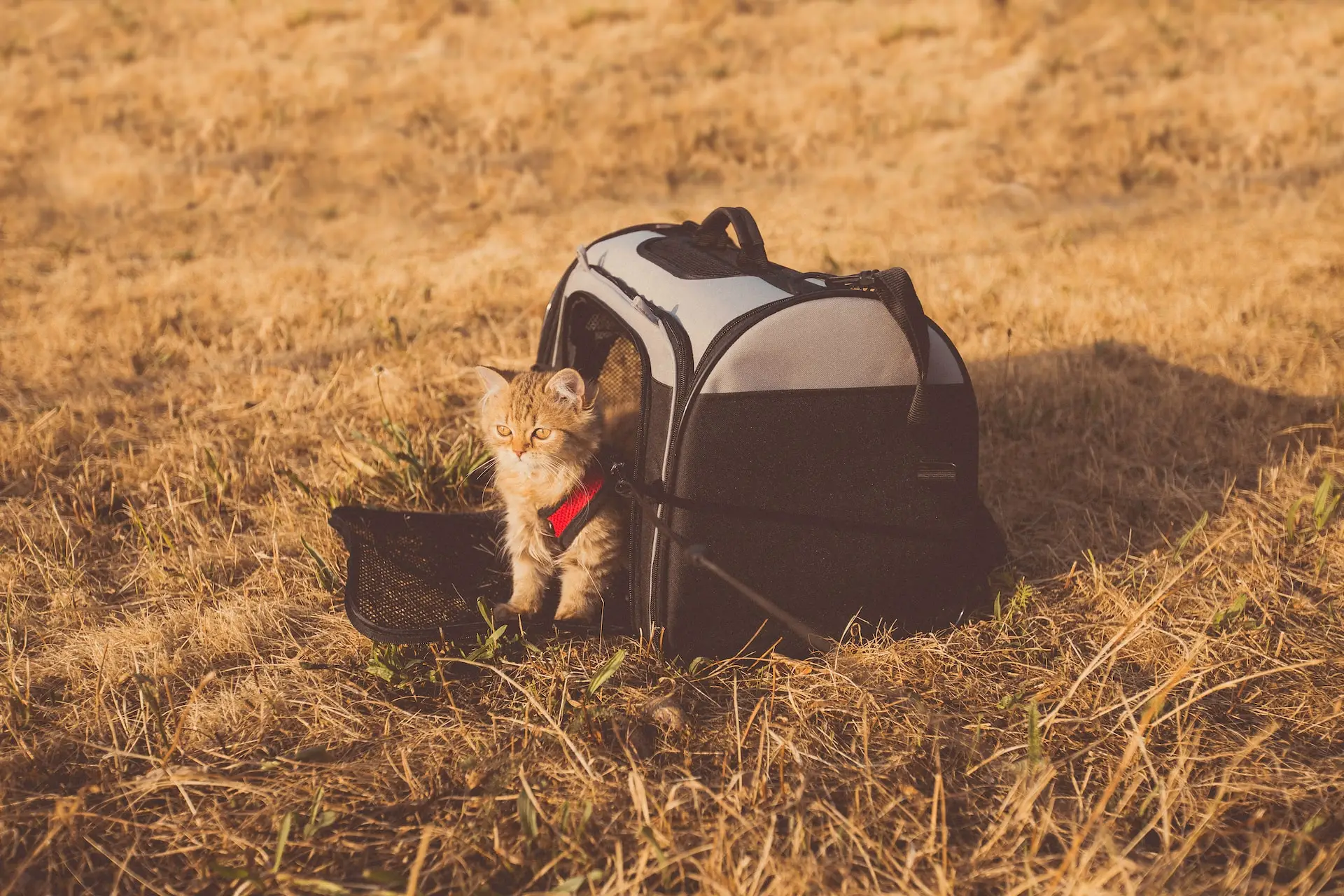In the unforgiving desert landscapes, where scorching temperatures and limited water sources pose constant challenges, some remarkable animals have evolved with expert survival instincts. Various desert-dwelling creatures thrive in extreme climates, from reptiles to mammals and birds. Let’s see how these animals became desert experts and what skills and instincts they possess!
Before We Start: The Importance of a Desert Ecosystem
Before exploring the remarkable desert animals, let’s talk about the desert ecosystem, a harsh and arid environment characterized by low rainfall and extreme temperatures.
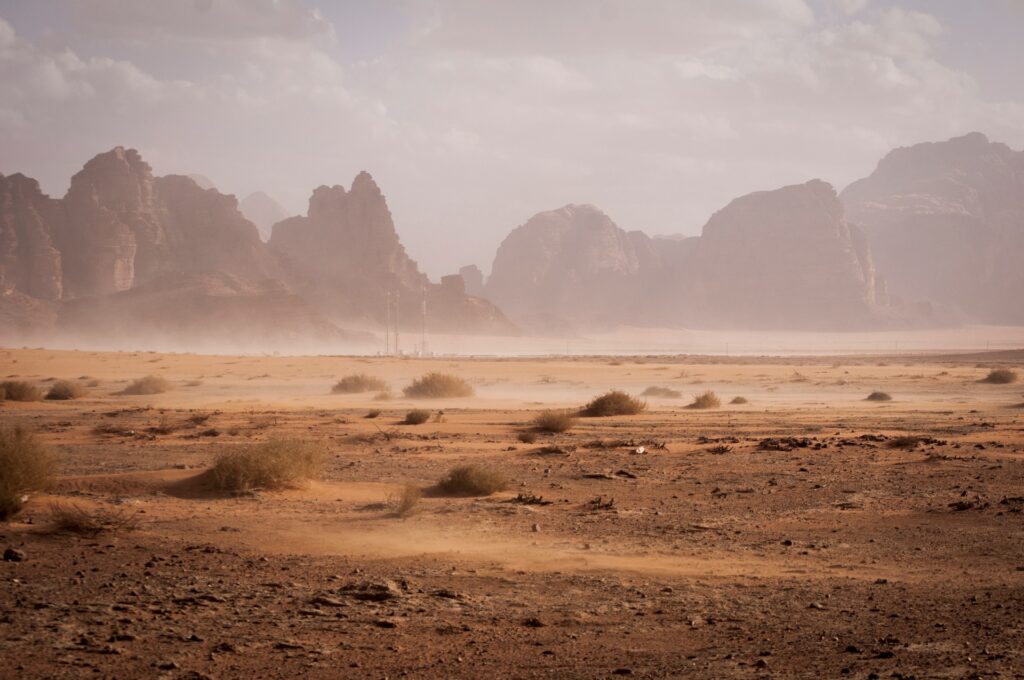
Despite its challenging conditions, it is home to an array of adapted flora and fauna, equally remarkable to desert animals. Plants in deserts have evolved specialized features such as succulence, small leaves, and deep roots to conserve water and thrive in the limited moisture available.
But what’s truly important is that these desert ecosystems play a vital role in the overall health of our planet. They provide unique habitats for biodiversity and support numerous species, many of which cannot be found elsewhere. Additionally, deserts aid in global climate regulation, acting as carbon sinks and helping to maintain temperature stability.
Conserving Water and Regulating Body Temperature
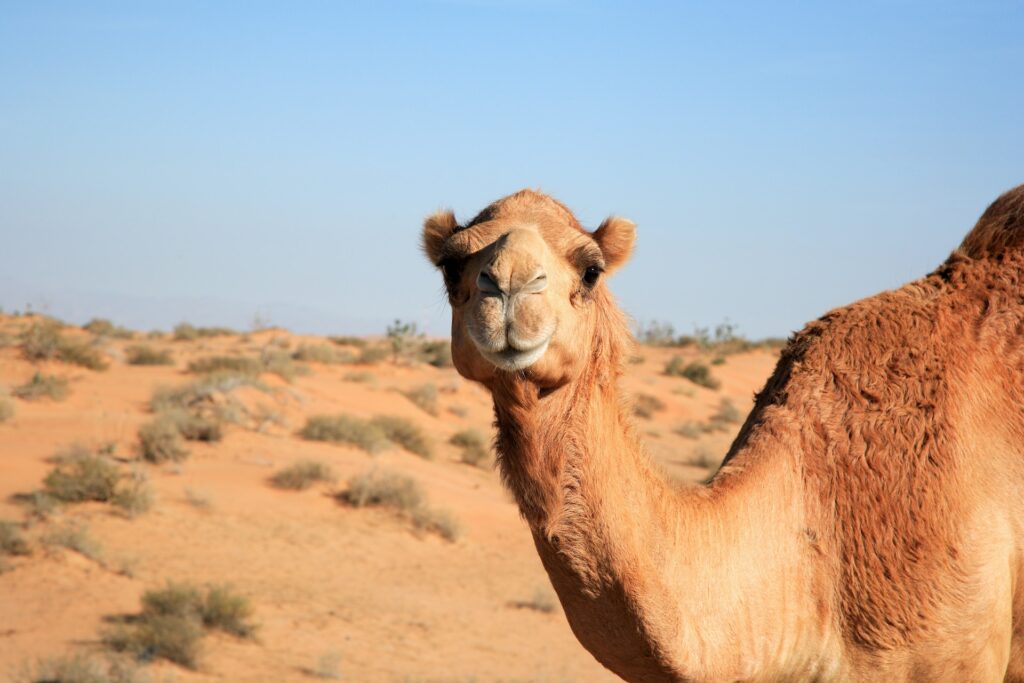
One of the most critical aspects of a desert animal’s survival in a desert is efficient water conservation and temperature regulation. Desert animals have evolved various mechanisms to achieve this:
- Camels: Camels are often associated with deserts for a good reason. They can drink up to 40 gallons of water in one go, storing it in their humps as fat. When they need hydration, they slowly release this stored water, allowing them to endure long periods without drinking. Additionally, their thick fur and reflective skin help reduce heat absorption.
- Kangaroo Rats: Kangaroo rats have specialized kidneys that allow them to extract water from the seeds they consume. These rodents rarely drink water, relying on their diet and efficient water utilization.
- Fennec Foxes: Fennec foxes are small desert mammals with large ears that serve as natural radiators. By dissipating heat through their ears, these foxes can reduce their core body temperature and stay cool in the desert environment, while their nocturnal habits also help them avoid the scorching daytime heat.
Camouflage in Desert Surroundings
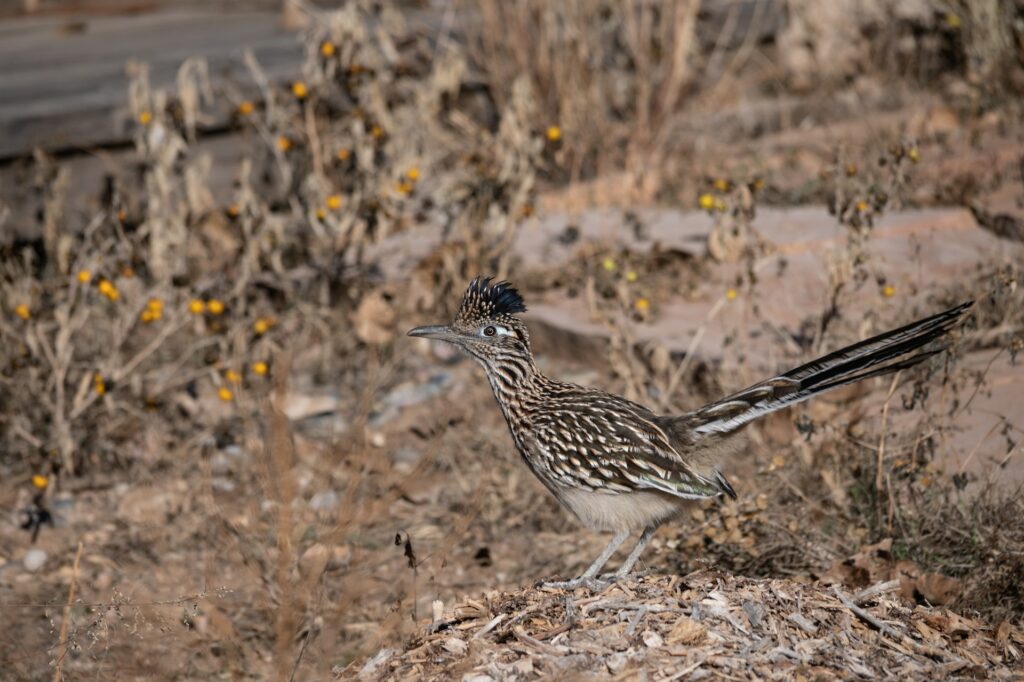
Survival in the desert often depends on avoiding predators and staying hidden. Many desert animals have acquired incredible camouflage techniques:
- Desert Tortoises: These slow-moving reptiles have a high-domed shell that blends seamlessly with the rocky desert terrain. They can retract their limbs and head into their shell, becoming almost invisible to predators.
- Thorny Devils: Thorny devils, small lizards native to Australian deserts, have a textured, spiky skin that resembles the desert’s sandy and rocky landscape. This camouflage helps them evade predators while foraging for ants, their primary food source.
- Mimicry in Birds: Some desert birds, like the greater roadrunner, possess plumage that matches the colors of the arid environment. Their inconspicuous appearance provides them with an advantage when hunting or evading threats.
The Importance of Being Nocturnal

Being nocturnal is a common strategy among desert animals to escape the extreme heat of the day and reduce water loss through evaporation:
- Desert Hedgehogs: These nocturnal creatures are well-suited to desert life. They venture out to hunt for insects and plants at night, avoiding the searing daytime temperatures. Their spines act as both protection and insulation.
- Kangaroo Mice: Kangaroo mice are agile jumpers and forage for food under the cover of darkness. This behavior allows them to conserve energy and stay cool during the day.
- Scorpions: Scorpions are primarily nocturnal predators. They hide in caves during the day and emerge at night to hunt insects. Their exoskeletons are designed to reduce water loss, enabling them to thrive in arid environments.
Behaviors that Help Animals Stay Cool
Desert animals have developed an impressive list of strategies to combat their dry habitats’ relentless heat and scorching temperatures. These behaviors, honed through evolution, are remarkable adaptations, such as:
- Burrowing: Many desert animals, such as sidewinder rattlesnakes, burrow into the sand during the day to escape extreme temperatures. The insulating properties of the sand keep them cooler.
- Heat-reflective Scales: Some desert reptiles, like the Gila monster, have scales that reflect sunlight, reducing heat absorption. This adaptation helps them stay cooler in scorching desert environments.
- Shade-Seeking: Desert animals often seek out shade during the hottest parts of the day. They may use rock formations or vegetation as shelter to escape the direct sun.
Conclusion
The desert is not just a barren wasteland; it’s a testament to the adaptability and resilience of life. Desert animals have honed their survival instincts over millennia, developing various adaptations to conserve water, regulate temperature, and avoid predators. Their ability to blend in with their surroundings, adopt nocturnal lifestyles, and employ cooling strategies showcases how remarkable nature is.

